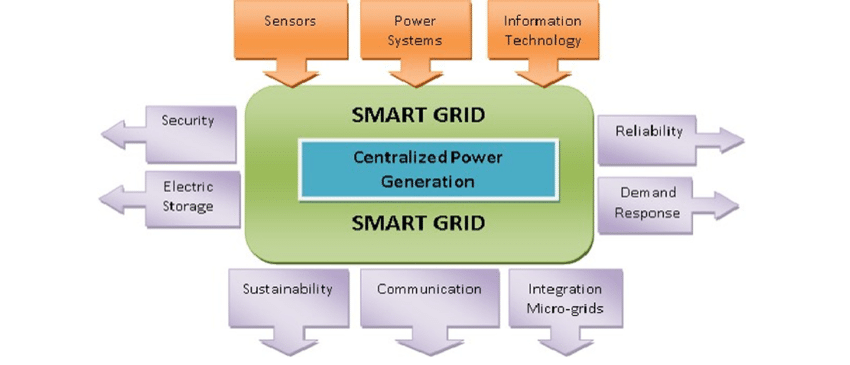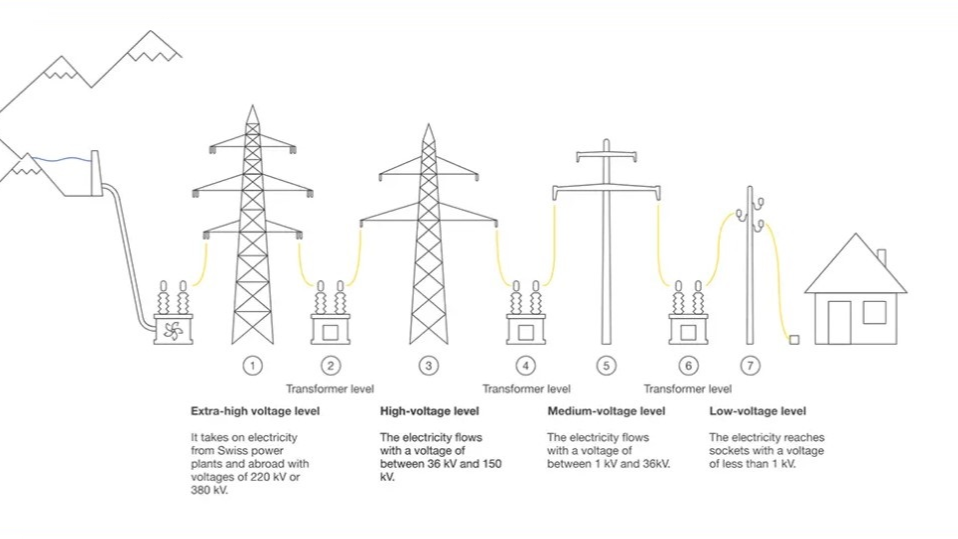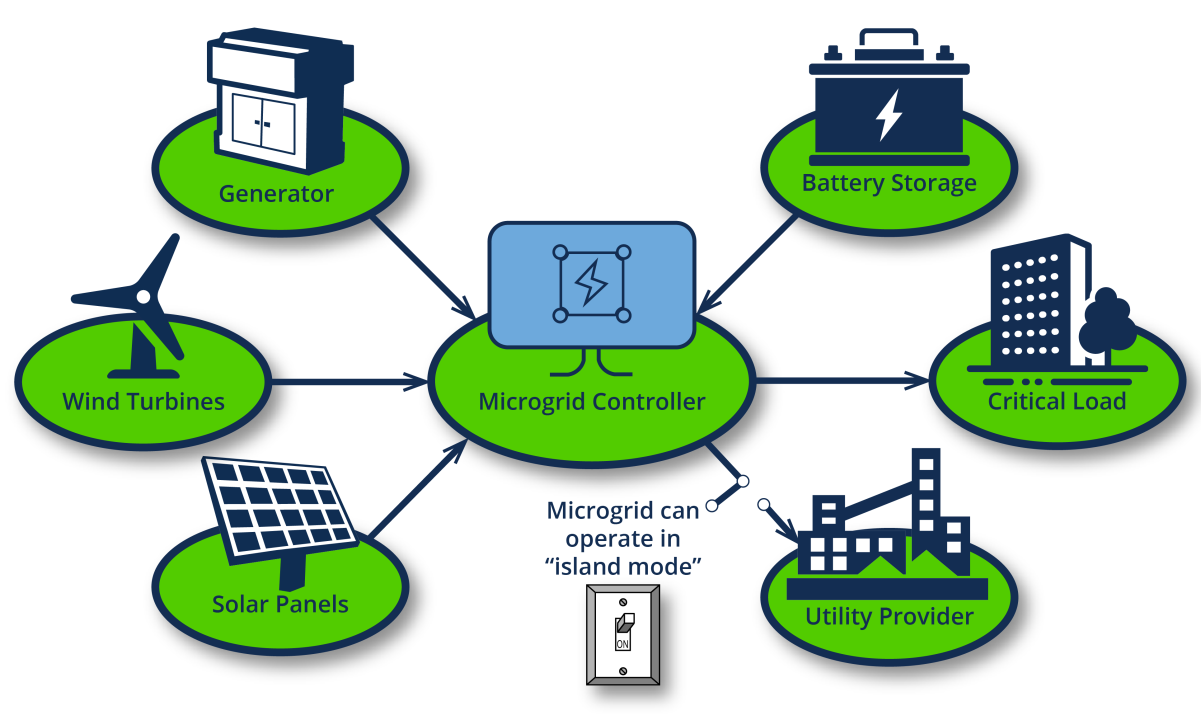Silicon carbide (SiC) and gallium nitride (GaN) devices require gate driver power supplies tailored to their unique bias needs. This article explores key considerations for designing gate driver power supplies in SiC and GaN applications.
Advantages of Wide Bandgap Semiconductors
SiC and GaN, as wide bandgap (WBG) semiconductors, offer faster switching and lower losses compared to traditional silicon, making them ideal for power electronics. Their market share is growing in applications prioritizing high efficiency and power density. SiC has largely replaced silicon IGBTs in electric vehicle traction inverters, while GaN excels in chargers for laptops and similar devices.
Gate Driver Requirements for WBG Devices
Gate drivers for SiC and GaN transistors must be customized to each device's characteristics. High-side gate drivers and their DC power supplies require isolation.
SiC MOSFETs
First-generation SiC MOSFETs typically require a +20V gate drive voltage (VDD) for minimal on-resistance. With gate threshold voltages below 2V, a negative gate voltage is often used during turn-off for optimal switching reliability. Next-generation devices operate best at +15V or +18V for turn-on and -3V or -4V for turn-off. Gate drivers need fast rise and fall times (a few nanoseconds). Most can handle asymmetric VDD and VEE voltages. Power consumption increases with switching frequency, but peak gate drive current is supplied by capacitors near the driver, requiring only 2W to 3W from a low-power DC/DC converter.
GaN HEMTs
GaN high-electron-mobility transistors (HEMTs) typically require a 7V full-enhancement voltage, but exceeding 10V can cause damage, unlike the higher voltages needed for SiC. The low-capacitance gate channel enables very fast rise and fall times, but excessive inductance in the external gate driver can cause voltage spikes or ringing, risking overvoltage. A 6V gate drive voltage balances efficiency and safety. Unlike SiC MOSFETs, GaN HEMTs allow a zero-volt turn-off voltage due to their low-capacitance gate channel.
Key Specifications for WBG Gate Driver Power Supplies
Power supplies for SiC or GaN gate drivers must deliver the required voltage levels via an isolated DC/DC converter. Typical outputs include +20V/-5V for SiC MOSFETs (or +15V/-3V for second-generation devices) and +6V or +9V for GaN HEMTs.
High-side driver circuits in SiC and GaN applications often operate hundreds of volts above ground, necessitating electrical isolation. Optocouplers isolate control signals, but the power supply also requires isolation. Basic (functional) isolation DC/DC converters can withstand 1kVDC for one second, which is often insufficient for high-side gate drivers in bridge configurations. Isolation voltage should be at least twice the operating voltage. High ambient temperatures and fast switching in SiC and GaN applications add stress to the isolation barrier, requiring high-isolation DC/DC converters.
Solutions for SiC and GaN Gate Drivers
SiC MOSFETs
DC/DC converters providing +20V/-5V asymmetric outputs efficiently switch SiC MOSFETs, while +15V/-3V outputs suit second-generation devices.
GaN HEMTs
High-slew-rate GaN transistor drivers achieve optimal switching at +6V using DC/DC converters with high isolation voltage and low isolation capacitance. In noisy GaN applications, a +9V output can be split into +6V/-3V using a Zener diode to ensure negative gate voltage during turn-off, keeping the gate voltage below the conduction threshold.
Optimized DC/DC Converters
Unregulated 3W DC/DC converters with 5V, 12V, or 24VDC inputs and single or dual asymmetric outputs support Si, SiC, and GaN transistors. Their compact SMD design minimizes board space, especially for multilayer PCBs. They offer 5.2kVDC/1min isolation, less than 10pF isolation capacitance, and 78% to 82% efficiency. Operating from -40¡ãC to +85¡ãC at full load, they suit demanding applications like solar inverters, induction heating, telecom, EV chargers, and motor drives.
Future-Proof WBG Designs
Optimal gate driver power supply voltages vary by transistor type (IGBT, SiC, GaN), manufacturer, generation, and configuration. A versatile DC/DC converter addresses this by offering adjustable regulated outputs from +2.5V to +22.5V and -2.5V to -22.5V using preset resistors. This covers all existing gate driver voltage ranges for IGBTs, MOSFETs, SiC (all generations), and GaN. With 3kVrms/1min basic isolation, 1.5W power (2W up to +85¡ãC), and a CMTI exceeding 150kV/¦Ìs, it operates reliably under fast switching edges. Its SMD SSOP package allows placement near switching transistors, with protections like UVLO, OTP, SCP, and OLP.
Conclusion
Wide bandgap transistors excel in high-power applications but pose challenges for SiC and GaN gate driver power supply designs. Standard DC/DC converter isolation levels are inadequate, requiring specialized solutions with high isolation voltage, asymmetric outputs, and low isolation capacitance for reliable operation.
 ALLPCB
ALLPCB







